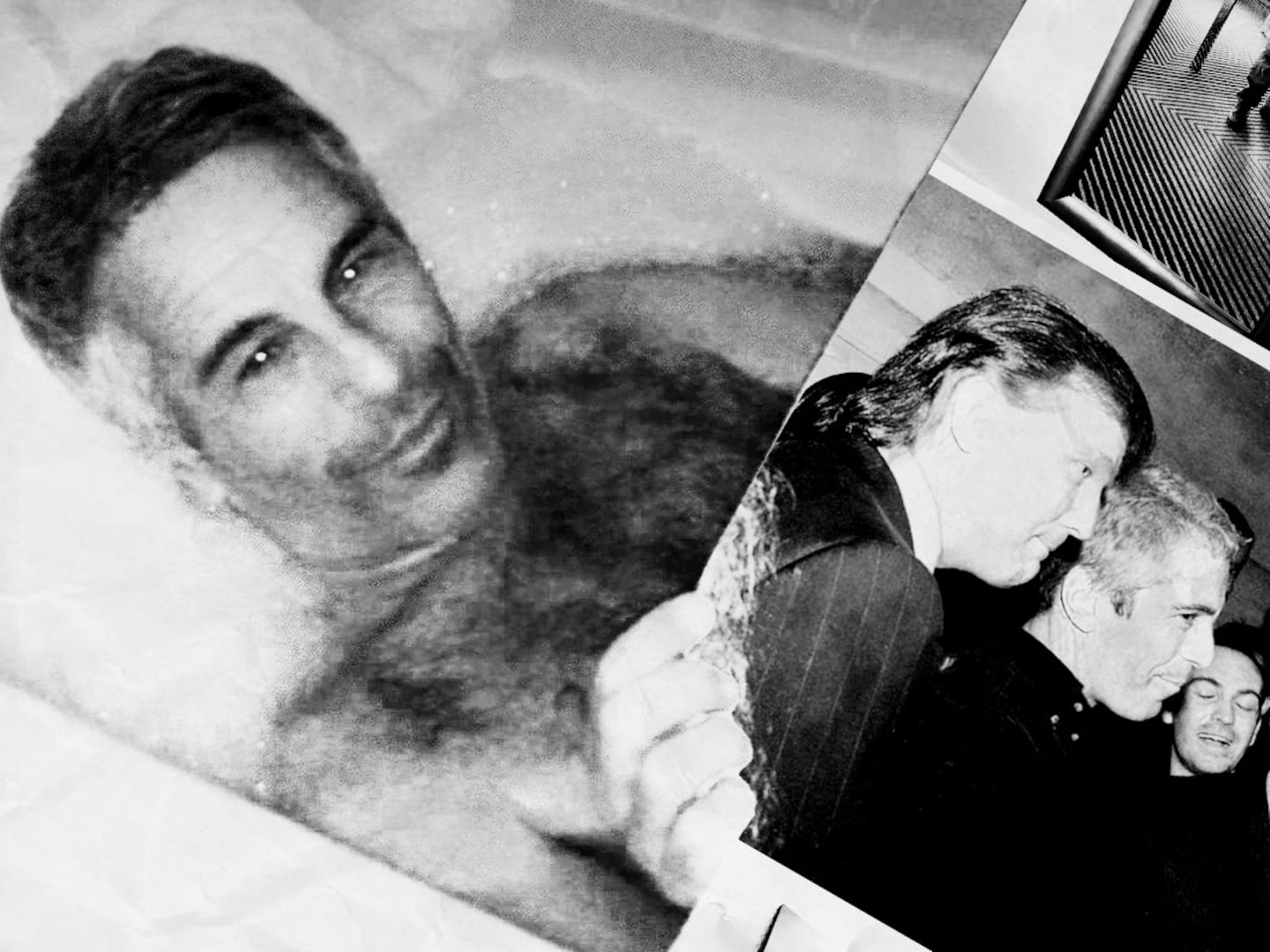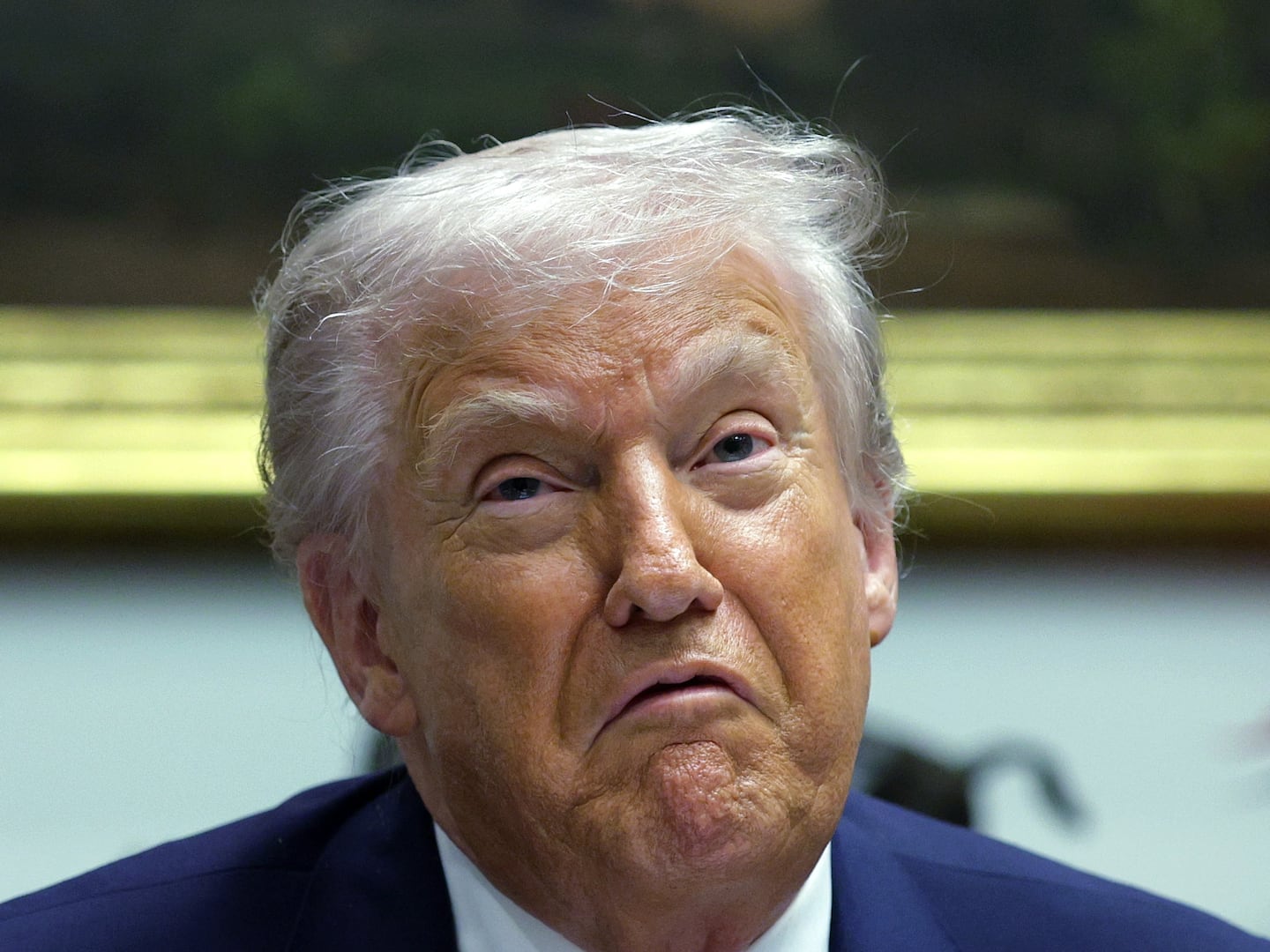This year’s Army-Navy football game on December 14 in Philadelphia will once again draw a nationwide television audience and be played in a packed stadium. It won’t matter to college football fans that neither team is nationally ranked or that Army (3-8) is on an 11-year losing streak to Navy (7-4).
Presidents have been going to the Army-Navy game since 1901, when Theodore Roosevelt began the custom, and in its blend of patriotism and sports, the game has taken on a life of its own.
But what will set this year’s Army-Navy game apart from recent ones is that it marks a special anniversary in the two teams’ history. Fifty year ago in the wake of the assassination of President John Kennedy, Army and Navy played one of the most exciting and poignant games in their long rivalry.
The game almost never happened. It was the Kennedy family that persuaded officials at both schools and the Department of Defense to delay the game for a week rather than cancel it.
When the teams took the field on December 7, Philadelphia Municipal Stadium, soon be renamed John F. Kennedy Stadium, had, as one sports writer noted, the look of an outdoor cathedral. Flags were at half mast. The president’s box was draped in black rosettes, and before the game began, the bands of both academies joined together to play “America the Beautiful” and “The Star Spangled Banner.”
Navy with a record of 8-1 was favored over Army at 7-2, but it was not just wins and losses that separated the two teams. Led by its quarterback, Roger Staubach, who after completing his Navy service would take the Dallas Cowboys to four Super Bowls, Navy was ranked the number two team in the nation.
Army was good, but the sports world expected the game would be a showcase for Navy’s football program. Under Staubach, who in 1963 received the Heisman Trophy as the nation’s outstanding college player, Navy was a scoring machine (293 points in nine games) with impressive victories over the University of Michigan and Notre Dame.
CBS, anticipating a huge television audience and a spectacular passing day from Staubach, had picked the game to unveil instant replay, and for three quarters, the CBS decision seemed like a smart bet. After Army scored on a ten-yard run by its quarterback, Rollie Stichweh, Navy roared back with three straight touchdowns by its fullback, Pat Donnelly, on drives that Staubach engineered. With 10:32 left in the fourth quarter, Navy had powered itself a comfortable 21-7 lead over an Army team that depended on a grind-it-out, running offense.
Then the entire momentum of the game changed. Following Navy’s third touchdown, Army took the Midshipmen’s kickoff on its own 48-yard line and quickly executed a nine-play touchdown drive led by Stichweh, who scored his second touchdown of the afternoon on a one-yard run and followed his touchdown by taking the ball around left end for a two-point conversion.
Stichweh, who had begun the game as the “other quarterback,” had now accounted for 14 of Army’s 15 points. He was not, done, however. With 6:13 remaining in the game, Army did not want to put the ball into Staubach’s hands again. Taking a chance, Army tried an onsides kick, which caught Navy by surprise. Recovering the ball for Amy on Navy’s 49-yard line was Stichweh. With plenty of game time left, Army seemed on the verge of pulling an upset.
Slowly but steadily Stichweh moved Army downfield, relying primarily on runs by himself and his three backs. With 1:38 left on the clock, a pass completion by Stichweh gave Army a first down on Navy’s seven-yard line. It was hard to imagine Army being stopped at this point.
“I must have said about a hundred Hail Marys the last couple of minutes,” Roger Staubach, now watching the game from the Navy sidelines, would recall years later. What Army had not counted on was that the excitement generated by its comeback would make it harder to score.
As more and more fans came down from the stands and gathered along the sides of the field and at the back of the end zone, it became impossible for Army’s players to hear offensive the signals being called. “You feel things closing in, and the noise level is nothing I have heard up to that point or since,” Stichweh remembered.
On third down Stichweh got the referee to call a discretionary time out, and when he did so, Army went back into its huddle, not realizing the referee would start the clock when the crowd noise died down and not when both teams were ready to play, as would happen on a conventional time out. Army easily got off a third-down run that brought the ball to Navy’s two-yard line, but before the Cadets could get off a fourth-down play, time ran out with Stichweh once again asking the referee to stop the game until his signals could be heard.
The play that never was became the key to Navy’s dream season, earning them an invitation to the Cotton Bowl. It was, in turn, a bitter loss for Army’s players, who believed the game was taken out of their hands by the referee.
For the players, who remembered the excitement they felt when President Kennedy attended the 1962 Army-Navy game, neither great elation nor great sadness over the final score were, however, enough to explain all they had gone through when they left the field. Days later, it was Secretary of the Army Cyrus Vance who put victory and defeat in perspective, sending Navy Captain Tom Lynch a letter containing the silver dollar President Kennedy would have used for the coin toss at the start of the game.






